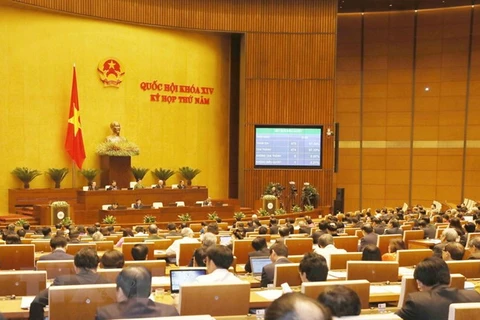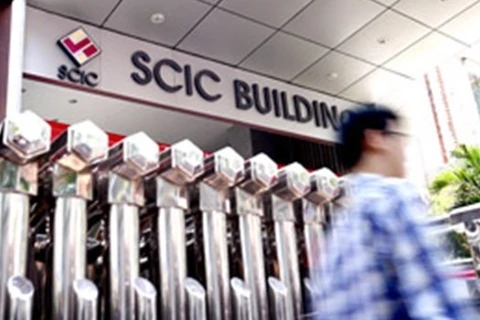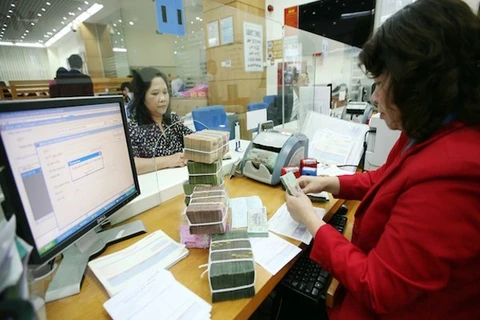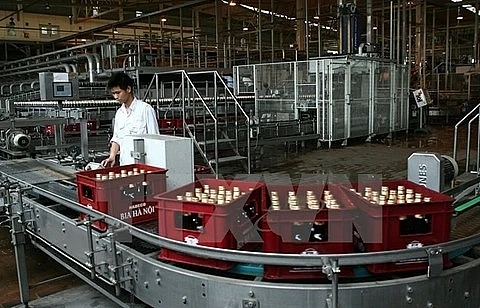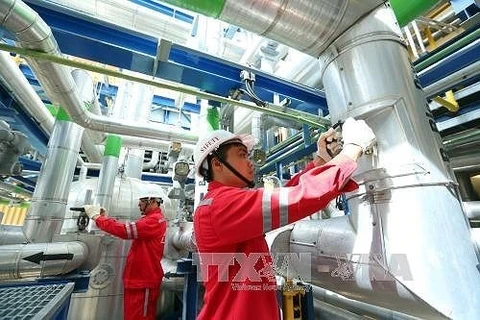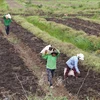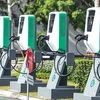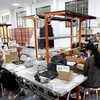 Phu Quoc International Airport is among the big investment projects subject to an SAV audit in 2019 (Photo: VNA)
Phu Quoc International Airport is among the big investment projects subject to an SAV audit in 2019 (Photo: VNA) Hanoi (VNS/VNA) - The State Audit of Vietnam (SAV) will audit 25 State-owned enterprises and financial organisations in 2019. They include the State Bank of Vietnam, 21 economic groups and corporations and three banks and credit institutions.
The upcoming audits are outlined in a report on the proposed plan for 2019 that has just been sent to the National Assembly deputies.
According to the report, SAV will reduce the number of audited enterprises compared to 2018 to focus on improving the quality and effectiveness of the inspections.
In 2019, SAV will audit 184 subjects, a decrease of 22 compared to 2018, said General Auditor Ho Duc Phoc.
Regarding State-owned enterprises (SOEs), SAV will appraise the financial statements of large economic groups and corporations to assess their management of State assets in 2018.
It will also evaluate the structuring process of SOEs with a focus on financial management, equitisation and divestment.
This will help evaluate the management capacity of these enterprises and ensure the healthy development of the domestic goods and services market for energy and other essential products.
The Vietnam National Coal and Mineral Industries Group (Vinacomin) and Vietnam Airlines Corporation are among the big corporations subject to SAV’s audits next year.
In the financial field, SAV’s inspections will focus on activities involving the use of State capital and assets of the State Bank of Vietnam to evaluate the efficiency of monetary management.
The audits will also assess financial market restructuring activities, concentrating on commercial banks and credit institutions to evaluate the ownership, bad debt control and improving credit quality.
For the first time, a number of large-scale projects and programmes high on the press agenda will be selected to carry out independent audits next year. This will ensure efficiency in management and use of public assets.
Some of these programmes are the use of State expenditure for roads and railways for the 2017-18 period, the Da Nang sustainable development project and the task of developing medium cities in Phu Ly city, Ha Nam province.
The bad debt handling pilot project under the implementation of Resolution No 42/2017/QH14 is also among these targets.
In the construction sector, SAV will conduct 38 audits, including on big investment projects such as the Binh Phuoc Ethanol Plant, the Ninh Binh Fetiliser Plant, construction of the Hai Phong international gateway port, the urban transport development project in Hai Phong city and several power plant projects. – VNS/VNA
VNA
